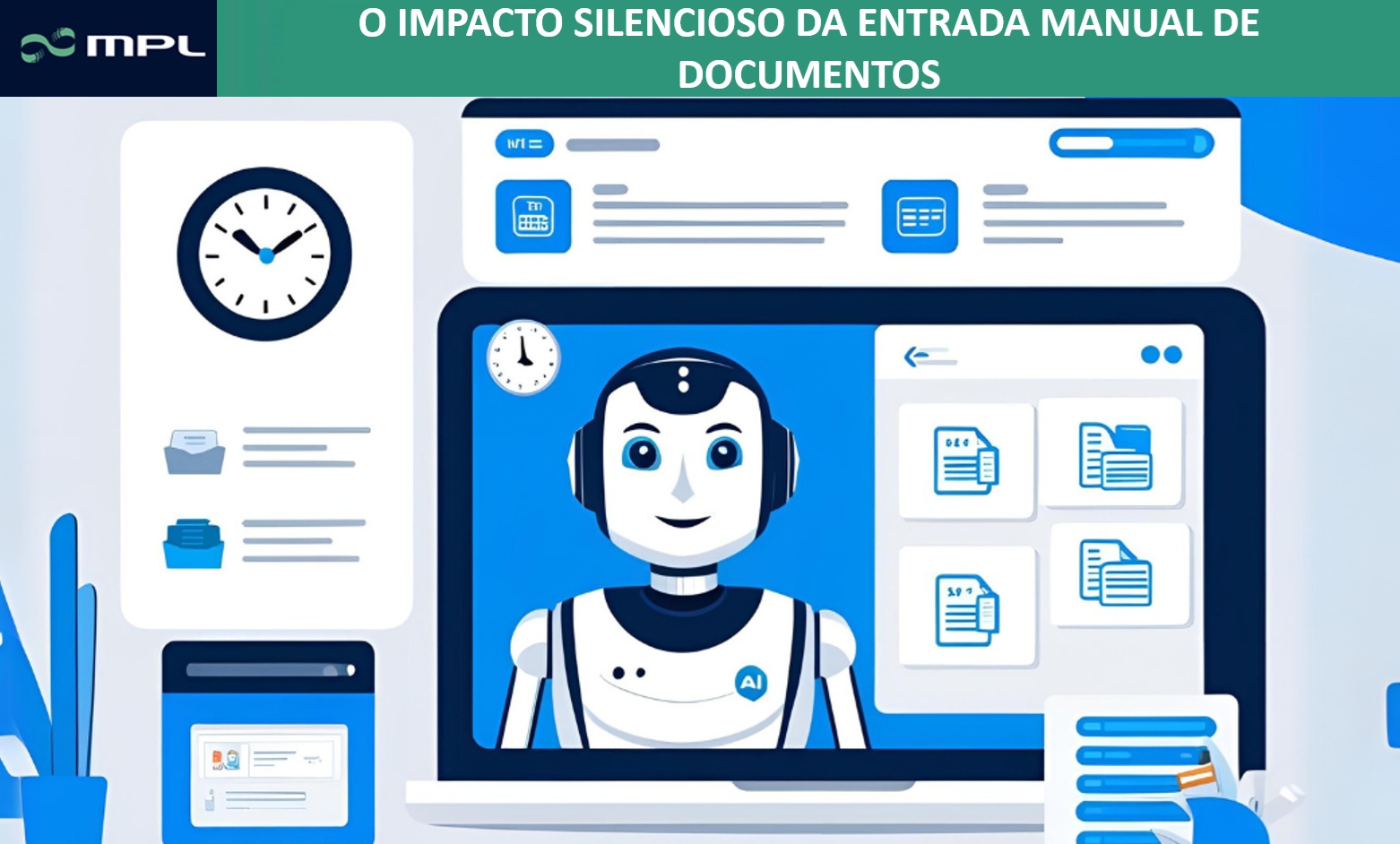
16 May When simple tasks become invisible barriers: the silent impact of manual document entry
And why companies that have already realized this are two steps ahead
Most corporate inefficiencies don't start with major failures. They hide in repetitive tasks that no one questions... until they become unmanageable.
Entering invoice data, entering tax forms, validating expense receipts: activities seen as "part of the routine" that, in practice, consume hours, generate errors and delay critical decisions. Not because of a lack of competence, but because of an organizational habit that no longer keeps up with the pace of business.
The curious thing is that, even in the face of robust technological alternatives, many companies continue to resort to human effort for tasks that could be automated in seconds. This is status quo biasthe tendency to keep the familiar, even when it no longer makes sense.
Meanwhile, the data piles up. Errors are repeated. And the operation begins to depend more on people's memory than on the intelligence of the systems.
What changes when you automate what seemed "simple"?
Companies that apply artificial intelligence for document entry quickly realize a phenomenon: reducing operational effort not only frees up time, it releases intelligence. Teams stop acting as executors or data entry clerks and start playing a more strategic role.
This is exactly what MPL, a specialist in technology solutions for almost four decades, has been provoking the market with its Document Entry Automation Agent.
The tool was born out of practical experience with companies that use ERP systems and were looking for a secure, flexible solution that was truly connected to the real flows of the business.
More than technology: a change of logic
The MPL agent integrates intelligent automation and AI features to transform documents (PDFs, images, emails) into structured transactions in the target system. It:
- Automatically recognizes and classifies documents;
- Extracts relevant data with configurable rules (including "from-to" and formatting);
- It generates transactions via APIs or Web Services;
- Integrates with multiple sources (FTP, e-mail, upload);
- It features dashboards with indicators for traceability and management.
The architecture was designed to adapt to the company's flows, not the other way around. This cognitive ease reduces friction in adoption and increases team engagement.
In addition, confidence increases as mistakes disappear, creating a cycle of positive reinforcement that strengthens the culture of continuous improvement. This perception of progress, a fundamental psychological trigger, accelerates the acceptance of change.
Why do some companies manage to go faster?
The difference is not just in the resources available, but in the ability to act before the pain turns into a crisis. Those who adopt automation with a strategic focus access a compound effect: more clean data, more efficiency, more room to innovate.
This is where a little explored point comes in: the loss aversion bias. When leaders realize that they are wasting resources on automatable tasks, while competitors are advancing with lighter and more scalable structures... urgency takes over.
The good news? The transition doesn't have to be disruptive. And it can be done with a partner who understands the systems, processes and reality of your business.
MPL has been combining experience and innovation with a practical approach: intelligent automation for real processes, based on AI, integration and results.
It's not just a question of "modernizing", but of rebuilding operational routines based on efficiency, security and adaptability.
After all, automating document entry is not about technology.
It's about regaining control of time, data - and strategy.


No Comments